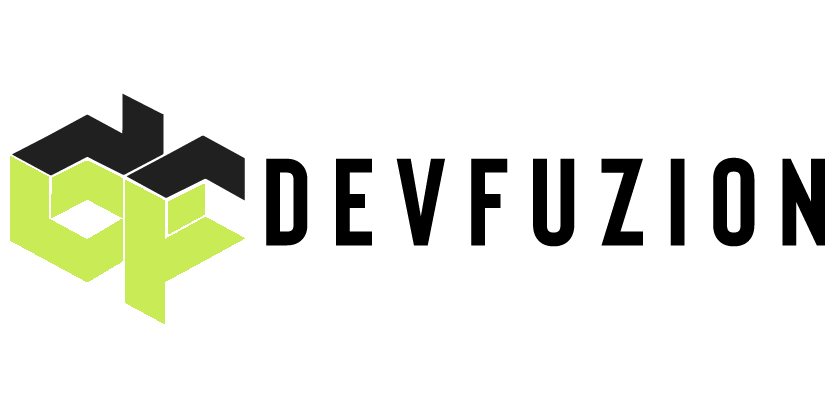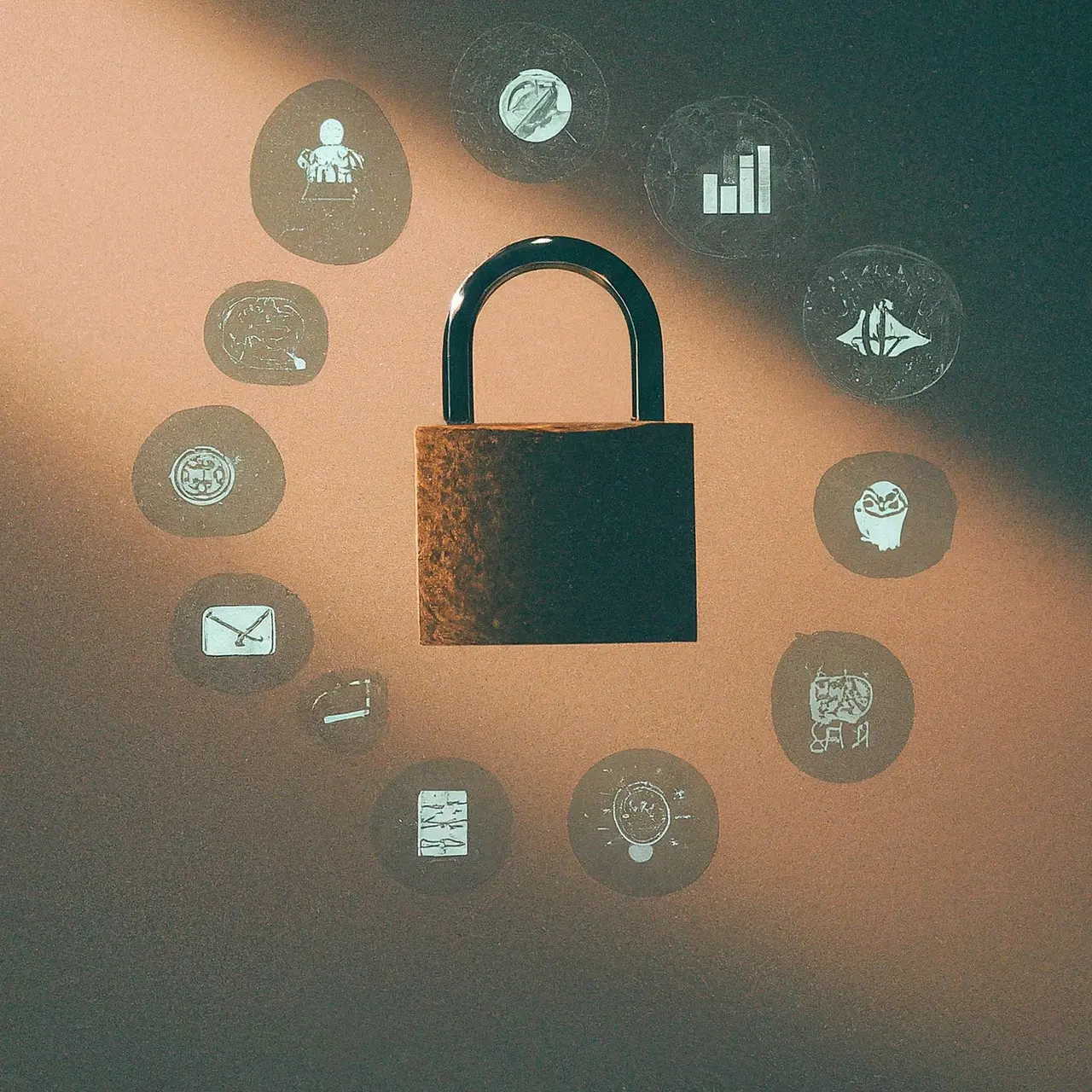Navigating the maze of security compliance can seem daunting, but with the right approach, your business can not only achieve it but also reap the benefits of enhanced trust and security. Let’s break down the process step-by-step.
Understanding Security Compliance Basics
At its core, security compliance involves adhering to laws, regulations, and guidelines to protect sensitive information. Whether it’s customer data, financial information, or proprietary secrets, ensuring the security of this data is paramount. Understanding the basics of compliance starts with recognizing the various standards applicable to your industry, such as GDPR, HIPAA, or PCI DSS.
The journey towards compliance begins with a thorough assessment of your current security framework against the required standards. This process not only highlights areas of non-compliance but also underscores the importance of a culture that prioritizes security.
Identifying Relevant Security Compliance Standards for Your Business
The first step in achieving compliance is identifying which standards apply to your business. This will vary based on factors such as your industry, the type of data you handle, and your geographic location. For instance, businesses operating within the EU must comply with GDPR, while those in the healthcare sector in the United States must adhere to HIPAA.
It’s crucial to conduct comprehensive research or consult with a legal expert to ensure no stone is left unturned. Overlooking a single applicable regulation can result in hefty fines and damage to your organization’s reputation.
Develop an inventory of all the types of data you collect, process, and store. Identifying and classifying your data will help clarify which regulations directly apply to your business operations.
Conducting a Gap Analysis for Security Compliance
Conducting a gap analysis is essential to determine where your existing security measures stand in relation to the compliance requirements. This involves a detailed assessment of your current security practices, policies, and controls.
Developing a Security Compliance Plan
With the insights from your gap analysis, develop a comprehensive security compliance plan. This plan should outline the steps needed to bridge the compliance gaps, including updating policies, enhancing security measures, and training employees.
Establish clear timelines and responsibilities for each action item in your compliance plan. Prioritizing tasks based on their impact and the resources required can help streamline implementation.
Implementing Security Measures to Meet Compliance Requirements
Implementation involves rolling out the necessary changes to meet the identified compliance requirements. This could include upgrading IT infrastructure, implementing new data protection solutions, or revising internal policies.
Training Employees on Security Compliance
Employee awareness and understanding are crucial to maintaining security compliance. Regular training sessions should be conducted to educate staff on the importance of compliance, the specific policies and procedures they must follow, and their role in safeguarding sensitive information.
Consider developing a continuous education program that includes updates on new regulatory developments and evolving security threats. Creating a culture of security and compliance within your organization is a proactive step towards minimizing risks.
Regularly Reviewing and Updating Security Practices
Compliance is not a one-time achievement but a continuous process. Regularly reviewing and updating your security practices in response to new threats and changes in compliance requirements is essential.
Schedule periodic audits to assess the effectiveness of your compliance strategy. These audits can help identify new gaps or areas for improvement, ensuring that your business remains protected and compliant over time.
Leveraging Technology for Continuous Compliance Monitoring
Advancements in technology offer valuable tools for monitoring compliance in real-time. Utilizing software that tracks and manages compliance can significantly reduce the manual effort involved in maintaining compliance and provide insights into potential vulnerabilities.
Building a Foundation of Trust Through Compliance
Achieving security compliance is a journey that requires commitment, understanding, and regular maintenance. By staying informed about the latest standards, actively engaging your team, and leveraging technology, your business can maintain a robust security posture. Remember, in the world of digital business, compliance is not just about checking off boxes; it’s about building the foundation of trust that customers, partners, and regulators value.


